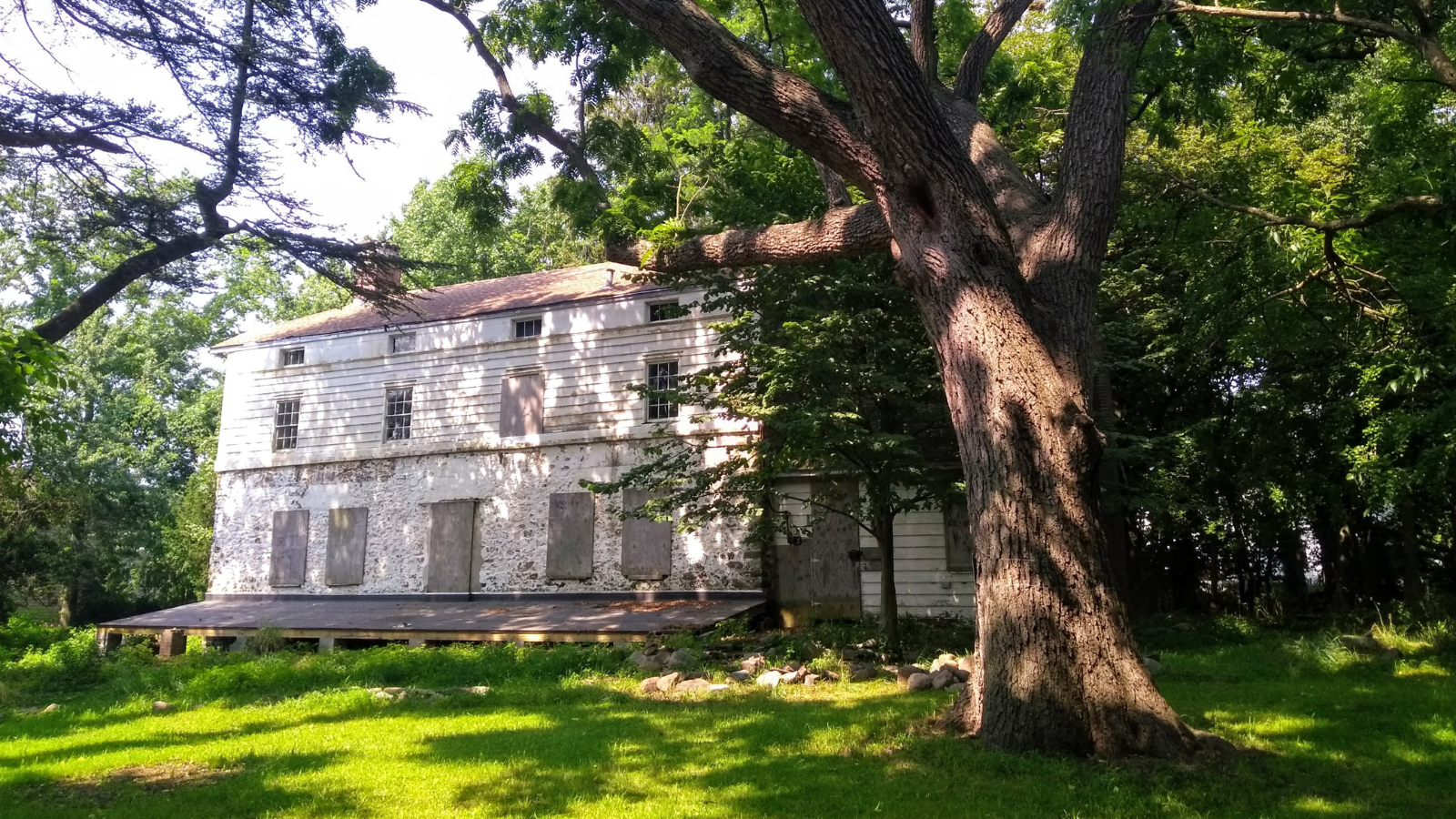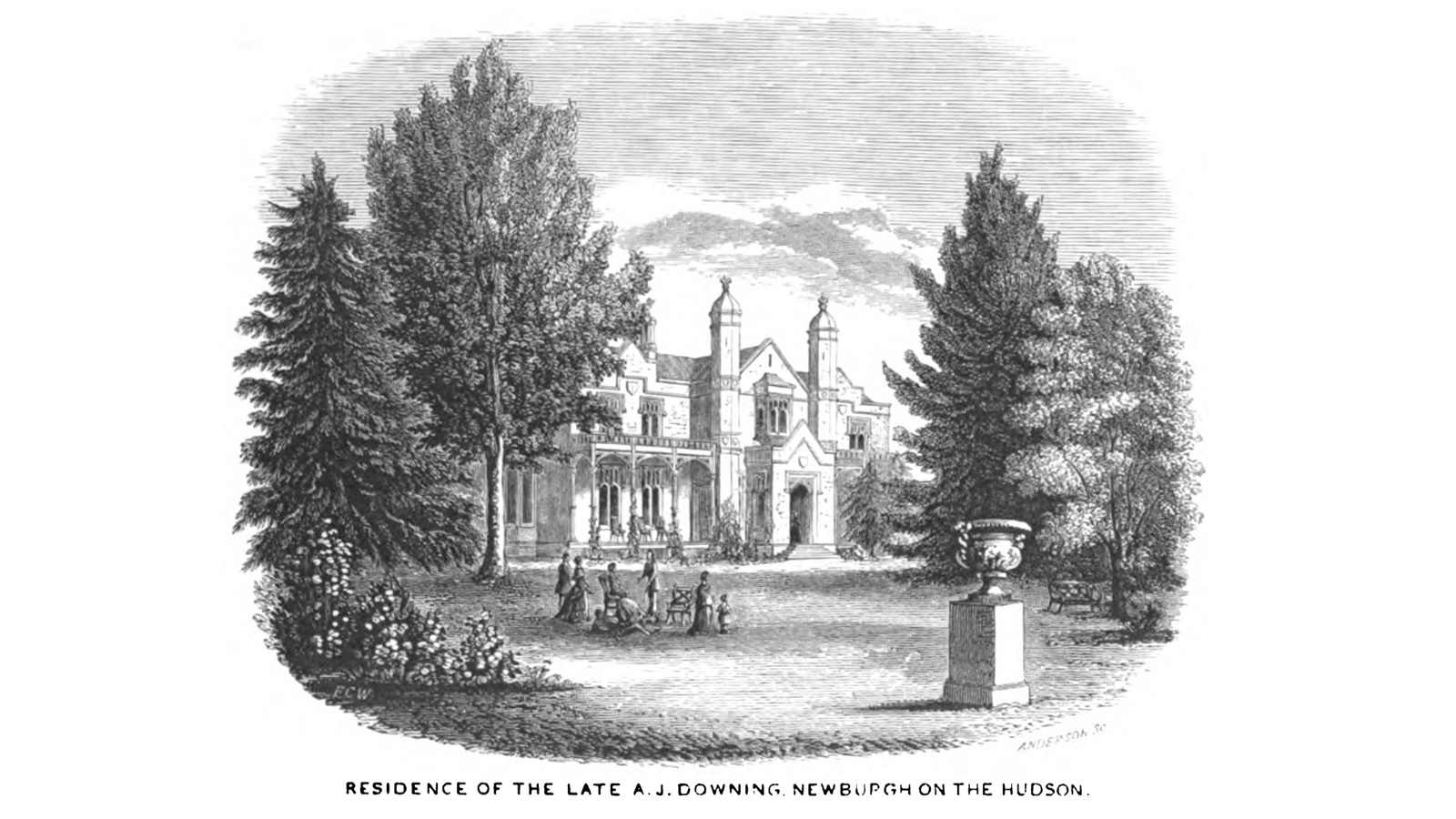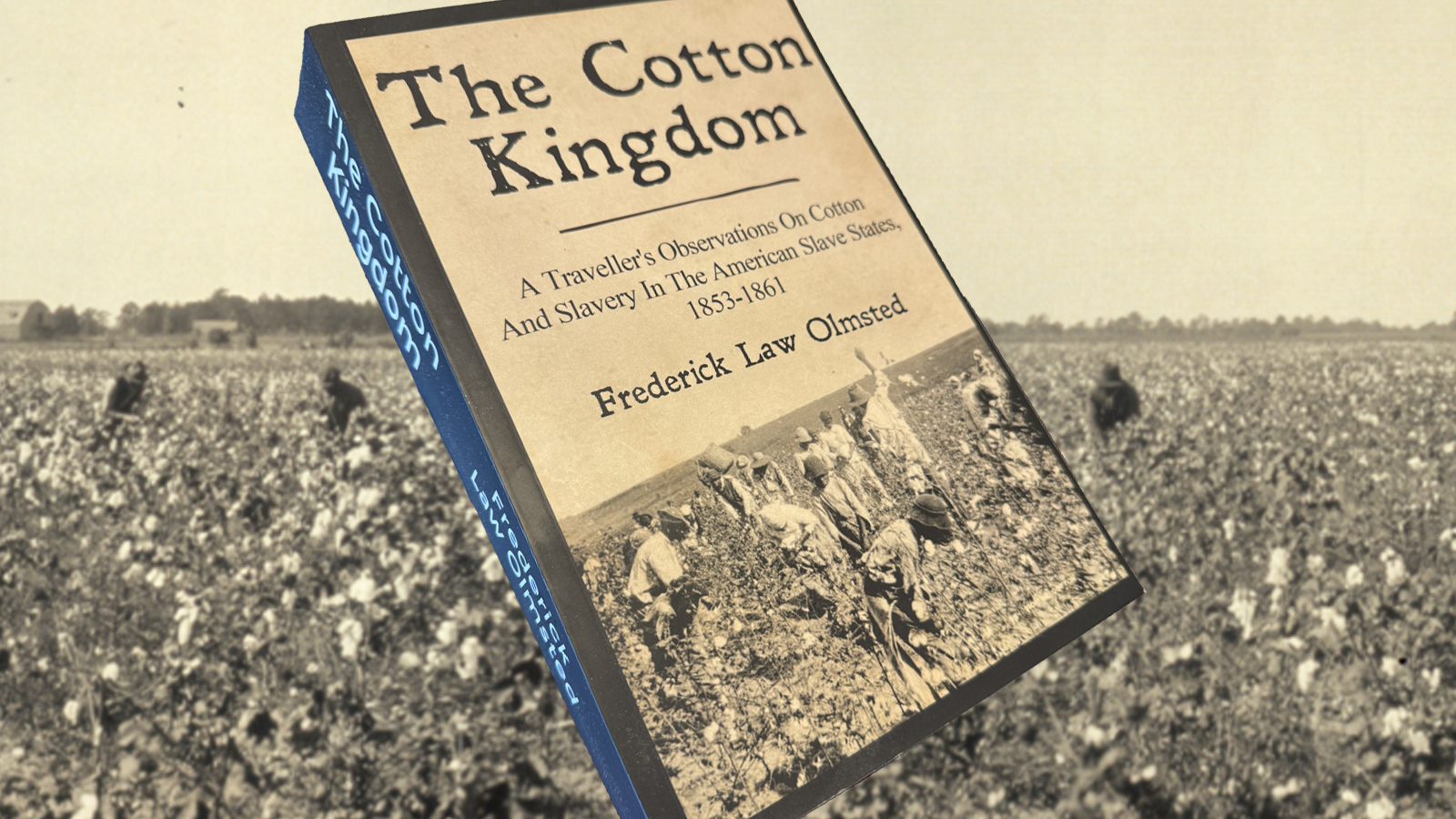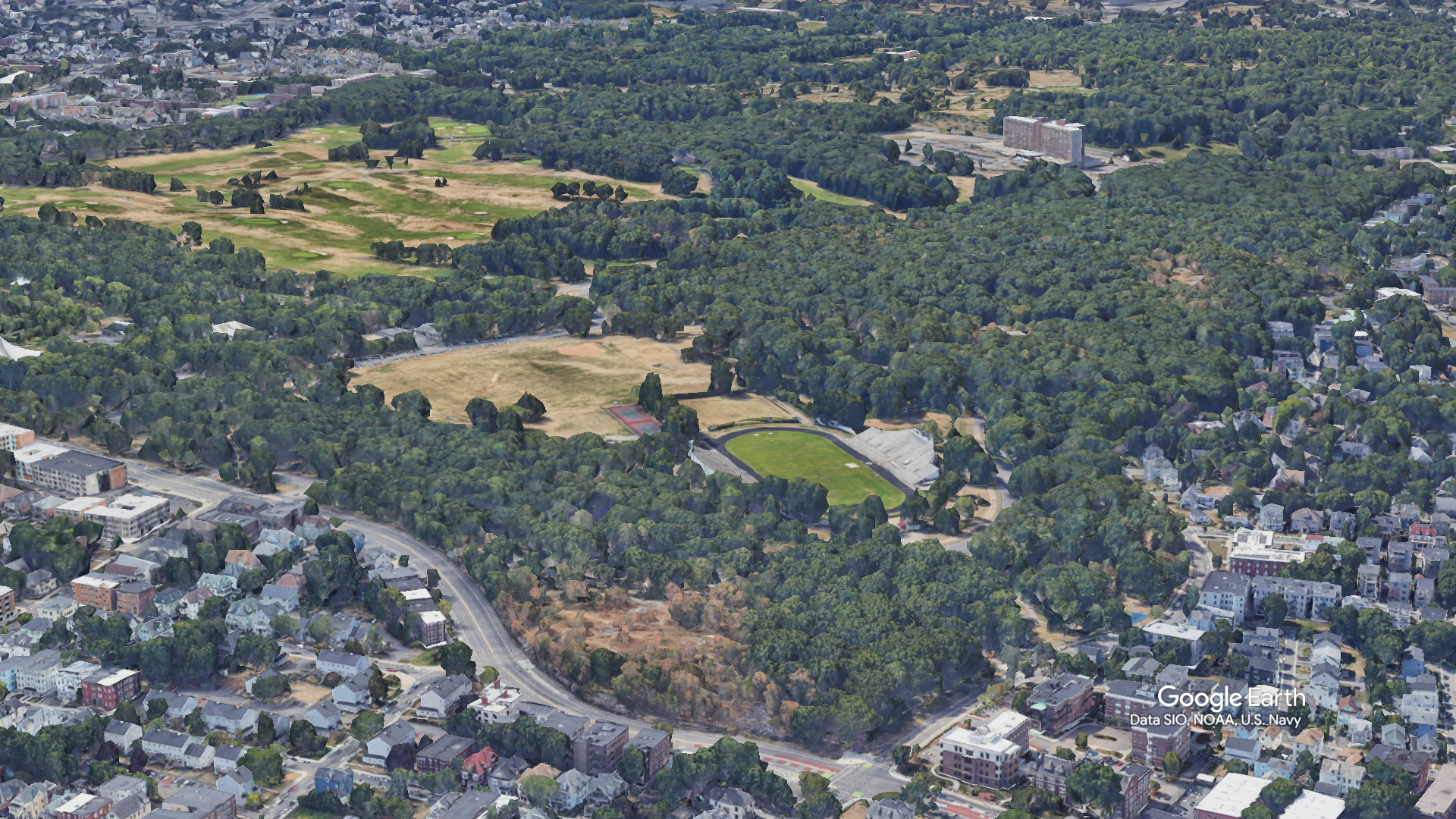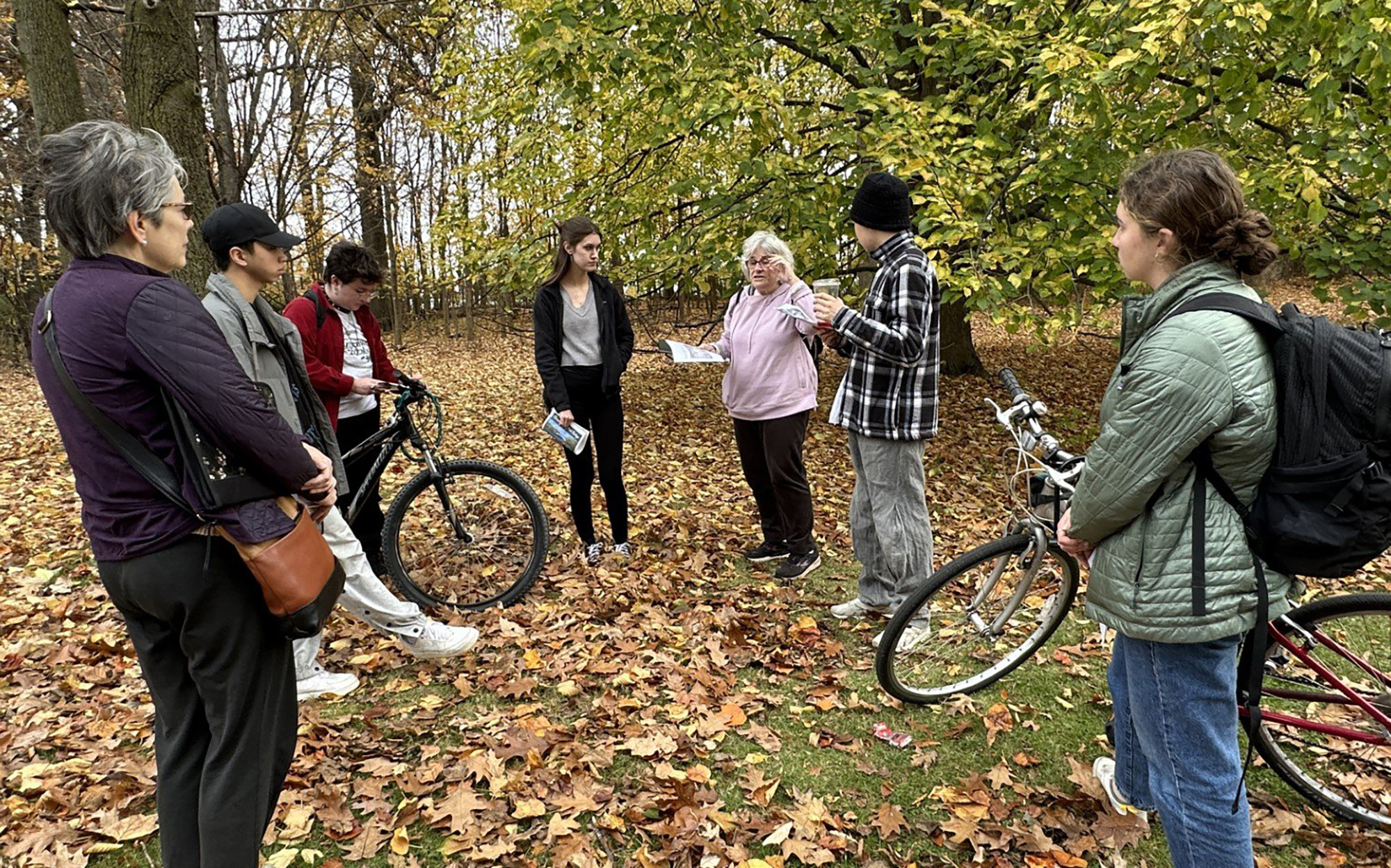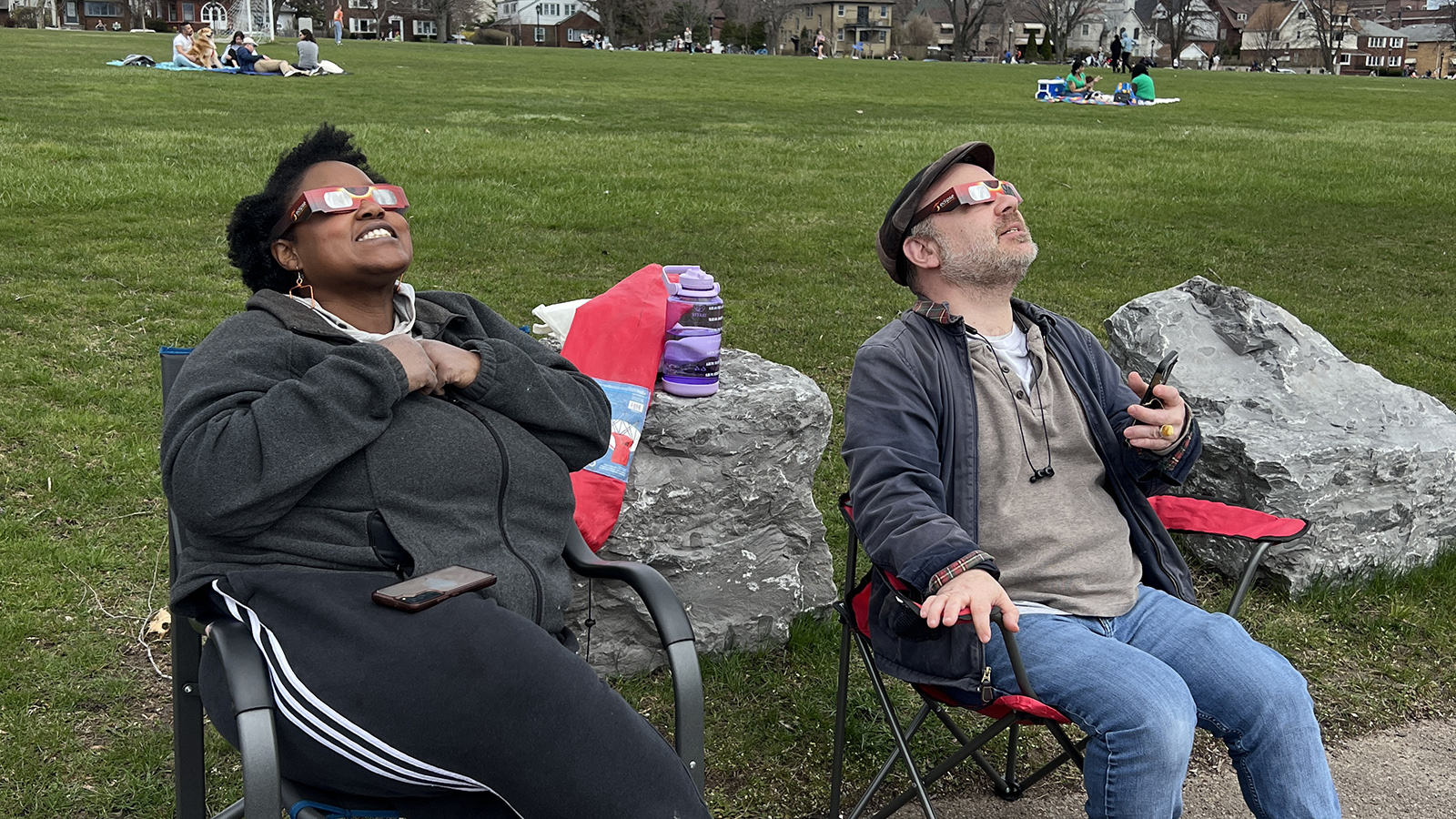Toolkits
University Toolkit
Olmsted is considered one of the most pivotal figures in American 19th century history, yet he has been called “the most important historical figure that Americans know least about” (Justin Martin, Genius of Place).
Situating Olmsted’s work and the work of the Olmsted firm in a broader sweep of American history can spark research and writing across a wide range of topics—including Civil War, public health, landscape design, scientific farming, slavery, the American Republic and travel writing.
As professors and students undertake Olmsted-related projects, we recommend using The Papers of Frederick Law Olmsted, OlmstedOnline and The Master List of Design Projects of the Olmsted Firm. Check out other research resources here.
For Students
Student Ideas
Are you looking for ways to amplify Olmsted’s important work and living legacy? This resource provides students with ideas from tackling research projects to exploring campus history with tours and more.
Olmsted Forward
Developed for people 35 years old and younger, Olmsted Forward is our young professional network designed to provide students and burgeoning landscape architects, urbanists and preservationists with the knowledge and connections needed to advocate for Olmsted’s work and living legacy — now and long into the future.
FLONHS Fellowship
The Charles Beveridge Research Fellowship seeks to connect students and professionals engaged in art or architectural history, landscape architecture, architecture, urban planning, historic preservation, engineering, American studies or related disciplines with the archival collections (Olmsted Archives) of Frederick Law Olmsted National Historic Site.
GCA Fellowship
The Garden Club of America’s “Moore Family Fellowship in the Making of the American Landscape” supports research about landscape history. GCA also offers other scholarships and fellowship opportunities.
LAF Olmsted Scholars
The LAF Olmsted Scholars Program recognizes and supports students with exceptional leadership potential who are using ideas, influence, communication, service, and leadership to advance sustainable design and foster human and societal benefits.
Dumbarton Oaks Fellowship
The Dumbarton Oaks fellowship program awards over 150 appointments annually in the expanded fields of Byzantine, Garden and Landscape and Pre-Columbian Studies. Residential fellowships for an academic year, semester or summer are awarded in all three areas of study to scholars from around the world. In addition, Dumbarton Oaks offers one-month nonresidential awards to researchers and short-term predoctoral residencies to advanced graduate students.
For Faculty & Administrators
Offer Olmsted Classes
Faculty at a variety of institutions have dedicated a course or classes to Olmsted and his enduring influence. Topics have ranged from an analysis of Olmsted’s reporting in the South for the New York Times to park design and urban impacts. You can find sample syllabi here.
Possible Research Topics
There is much room to explore the design philosophy and professional practices of the firm and the approach of Olmsted and his successors in a whole range of issues. This document notes just some of the research gaps.
Olmsted Professorships
Establishing Olmsted Professorships can provide an institutional focus on the important work of Olmsted and the Olmsted firm and allow for interdisciplinary scholarship. Georgia Tech has Olmsted Professors in civil and environmental engineering to inspire future generations of engineers through instruction in the ideas pioneered and developed by Olmsted.
Symposia and Virtual Programming
Develop periodic campus discussions exploring how the built environment can promote social, cultural and ecological well-being and examine the enduring legacy of Frederick Law Olmsted.
Campus Exhibits and Resources
The multi-faceted work of Olmsted and the Olmsted firm offers scores of subjects worthy of campus exhibits. The Olmsted Network also offers an evergreen exhibit: Frederick Law Olmsted: Landscapes for the Public Good. Here are just a few examples of campus exhibits offering a focus on the enduring importance of Olmsted landscape design.
Nature RX Program
Nature RX takes its inspiration from Frederick Law Olmsted who understood the critical connection between contact with nature and physical and mental well-being. A number of campuses are undertaking creative mental health programs incorporating nature into the campus program with a tip of a hat to Olmsted. Download this summary to see how you can set up a program and what other campuses are doing.
Sheep to Campus
UC Davis hosts a pilot “Sheepscapes” case study project to explore the ecological and cultural benefits of integrating sheep into the university’s maintenance regimes, much like Olmsted did with Central Park. This program includes a catalogue showing the multiple ways sheep can be integrated into college campuses and proposing a step-by-step grazing implementation plan that can be easily adopted by colleges and universities worldwide. Contact Haven Kiers, ahkiers@ucdavis.edu.
Become an Arboretum
Numerous Olmsted campuses are now arboreta including Vassar, American University, Denison, Ohio State, Swarthmore and Trinity College. Learn more about these institutions and the process here.
Campus Master Planning with Olmsted
The Olmsted firm had an outsized impact on campus design with more than 250 campus commissions over a period of 100 years. Many institutions are revisiting— and instituting— Olmsted campus master plans because of their sustainable designs and beauty. Stanford University and Troy University are examples of this.
For Grounds Managers
Apply for an Olmsted Landscape Maintenance Award
Encourage your grounds management crew to apply for the Professional Grounds Management Society (PGMS) Olmsted Award for excellence in historic grounds maintenance.
Campus Carillon Concerts
In 2021, the National Association for Olmsted Parks (now the Olmsted Network) sponsored a juried carillon composition competition. Campuses with carillons are encouraged to play the winning pieces from Inspired by Olmsted regularly. You can access the music here.
Campus Landscape Tours
A public walking tour of your Olmsted landscape can provide an eco- and history-friendly introduction to the campus for students, prospective students and their families. Create special signage, such as landscape stickers or QR codes, to focus on Olmsted and Olmsted design principles. Add a special landing page or other information on your website. Here are just a few examples.
Tree Survey
Olmsted loved trees and included their planting in his landscape designs. In a time of climate challenges, trees offer a life sustaining function, helping to cool your campus and sequester carbon. From holding a walking tour of trees on Arbor Day to undertaking a tree survey, there are lots of ways honor your campus’ Olmsted trees. Lawrenceville School even created a book about their Olmsted trees during the bicentennial. Read more about Lawrenceville School:
Additional Resources
Check out these additional resources to find information on organizations like the Society of College and University Planners and the Association of University Architects.
Research
Historic American Landscape Survey
Documenting Olmsted landscapes can add important information for scholars and preservationists. The Historic American Landscape Survey is conducted by the National Park Service. It welcomes short format histories of American landscapes and currently is a repository of many Olmsted histories. Click to learn how you can contribute heritage documentation.



